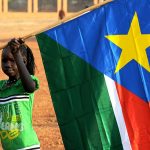The flag of Tristan da Cunha may be the most seldom seen one in the world. After all, it’s waving in the world’s most remote inhabited island. Located in the South Atlantic Ocean and accessible only by boat, this territory might be far from the geopolitical spotlight, but the flag of Tristan da Cunha still proudly tells a story of resilience, maritime heritage, and British identity.
Table of Contents
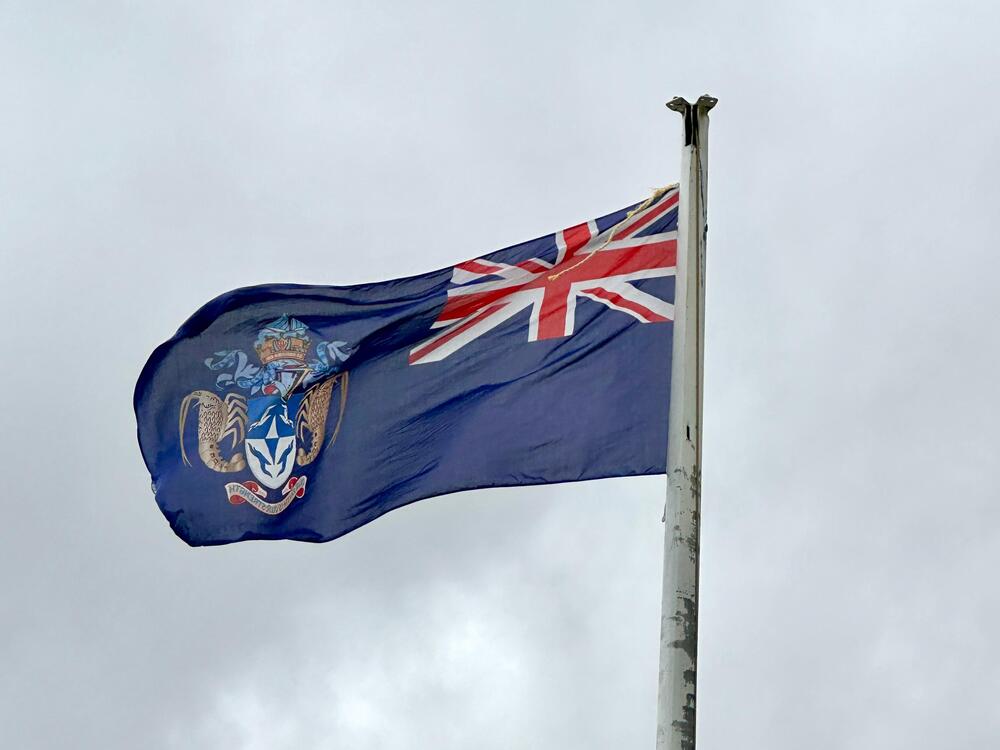

What Does the Flag of Tristan da Cunha Look Like?
The flag of Tristan da Cunha is a Blue Ensign, a familiar format in the British overseas territories. The Union Jack sits in the upper hoist-side quadrant, while the territory’s unique coat of arms is prominently displayed on the fly side.
This flag was officially adopted on October 20, 2002, when the island was granted its own distinct coat of arms by Queen Elizabeth II. Prior to this, Tristan operated under the flag of Saint Helena and Dependencies, which grouped it with Ascension and Saint Helena itself. That flag did not contain any visual reference to Tristan da Cunha, and the move to create a distinct flag was part of a broader shift toward giving the territory its own separate identity.

Historical Origins of the Flag of Tristan da Cunha
The move toward a unique flag began in the late 1990s and early 2000s, as several British Overseas Territories began seeking distinctive identities following a broader policy of constitutional modernization. For Tristan da Cunha, having a flag that represented its specific culture, geography, and economy became increasingly important.
The coat of arms, which forms the core of the flag’s design, was granted on October 20, 2002, by royal warrant. It was designed in consultation with island officials and the College of Arms in London, which ensured that every detail of the heraldic design held both cultural and historical significance. The College of Arms, responsible for creating and maintaining official coats of arms in the UK and its territories, worked closely with Tristan representatives to reflect the island’s unique character in symbols.
While the flag itself was first flown publicly shortly after the coat of arms was granted, it gained broader recognition in 2004 when it was used in several diplomatic and ceremonial contexts, including during the visit of the island’s Administrator to the UK. It has since become an emblem of pride for the Tristanians, despite its infrequent use due to the island’s isolation.
Breaking Down the Coat of Arms
The real storytelling lies in the beautifully intricate coat of arms on the flag’s right half. Let’s dissect it piece by piece:
The Tristan longboat above a yellow naval crown represents represents the islanders’ traditional means of transportation and fishing, vital in a place without an airstrip or regular harbor. The naval crown nods to Tristan’s close relationship with the sea and its British naval heritage.
Flanking the shield are two Tristan rock lobsters, a nod to the island’s lifeblood: the Tristan da Cunha fishery. These lobsters are both an economic cornerstone and a symbol of survival; the island’s economy is largely based on the sustainable harvest and export of this delicacy.
On the shield, two Tristan albatrosses are flying. They are a seabird endemic to the area and symbolize the wild nature of Tristan and its role in global conservation efforts.
Beneath it all is a scroll with the phrase: “Our faith is our strength.” This simple but powerful motto reflects the community’s endurance in the face of remoteness, volcanic threats, and a harsh environment.
The Flag in Tristan’s Daily Life
While most national and territorial flags are seen fluttering over embassies, airports, and stadiums, Tristan da Cunha’s flag is a much rarer sight. Life on the island is humble, windswept, and practical, and so is its use of the flag.
On Tristan, the flag flies during official ceremonies, on government buildings, and when welcoming visiting ships (a rare but celebrated event). It’s often seen during national holidays like the King’s Birthday or Tristan da Cunha Day, celebrated on August 14th to commemorate the island’s settlement. But because of the relentless winds roaring off the South Atlantic, locals don’t fly the flag casually. It can be seen inside the island’s only pub, though!
“We watched the Tristan flag go up as we came ashore at Edinburgh of the Seven Seas,” recalls one YPT traveler. “After days of open ocean, seeing that symbol against the cliffs was surreal. It felt like a welcome from the edge of the world.”

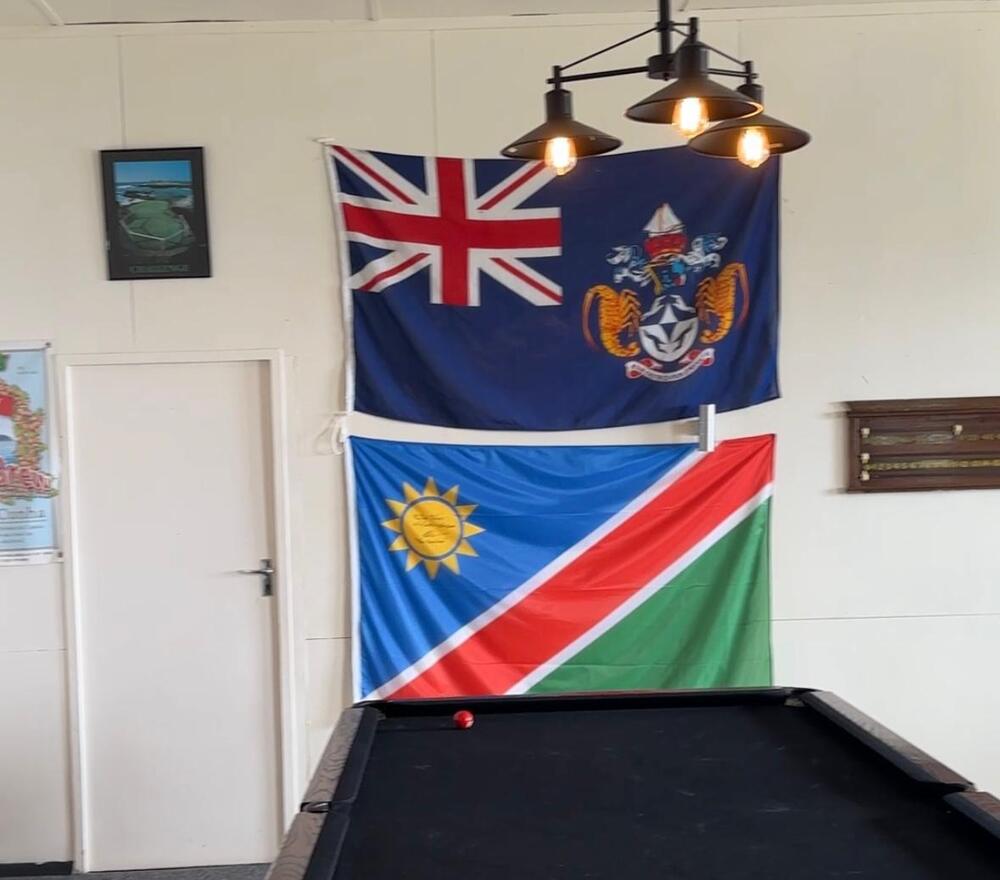
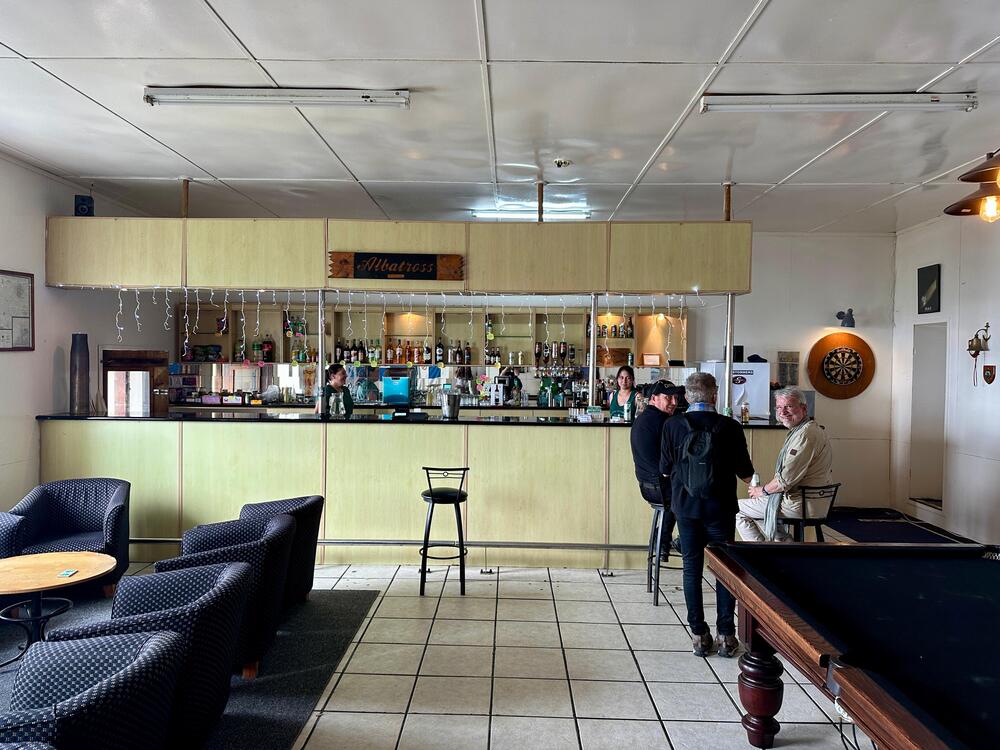
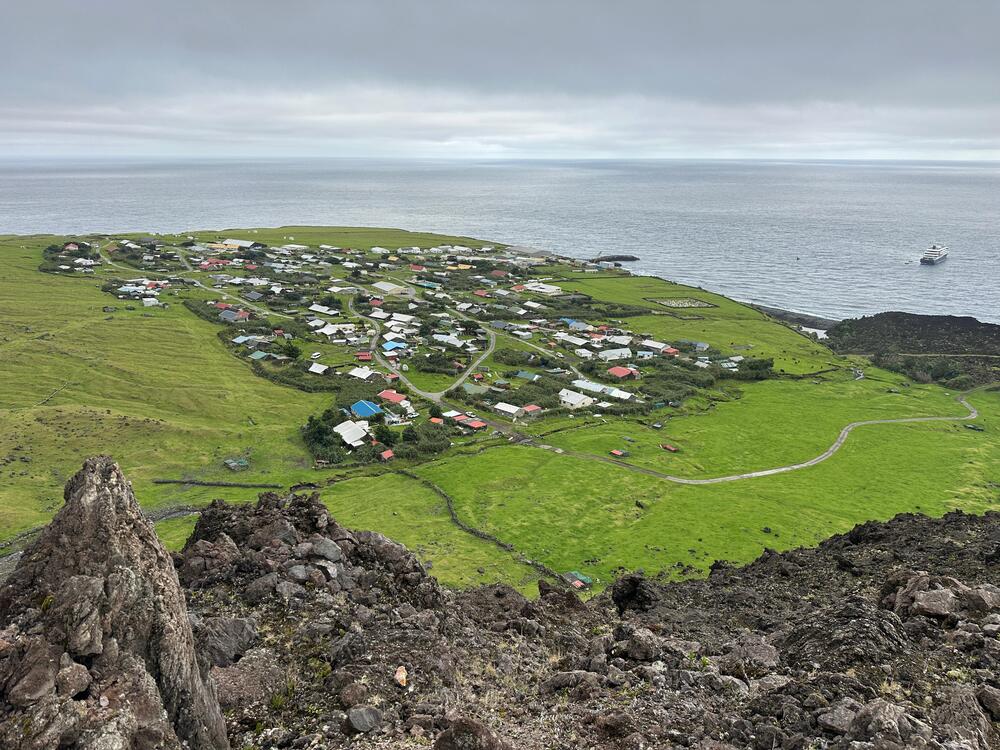
The Blue Ensign Family: A Shared Visual Code
Tristan da Cunha isn’t alone in using a Blue Ensign with a localized coat of arms. It shares this format with many British Overseas Territories, including:
- South Georgia: With a tribute to James Cook and a macaroni penguin (see our complete explanation of the flag of South Georgia here)
- Falkland Islands: With a ram and a sailing ship.
- Pitcairn Islands: Featuring the Bible and a mutineer’s anchor.
- Ascension Island (adopted 2013): Showing green turtles and a volcanic landscape.
What sets Tristan apart is its exclusive focus on marine life and heritage. The albatross, the longboat, and the lobsters are hyper-specific to the island’s identity, symbols you won’t find anywhere else in the Blue Ensign family.
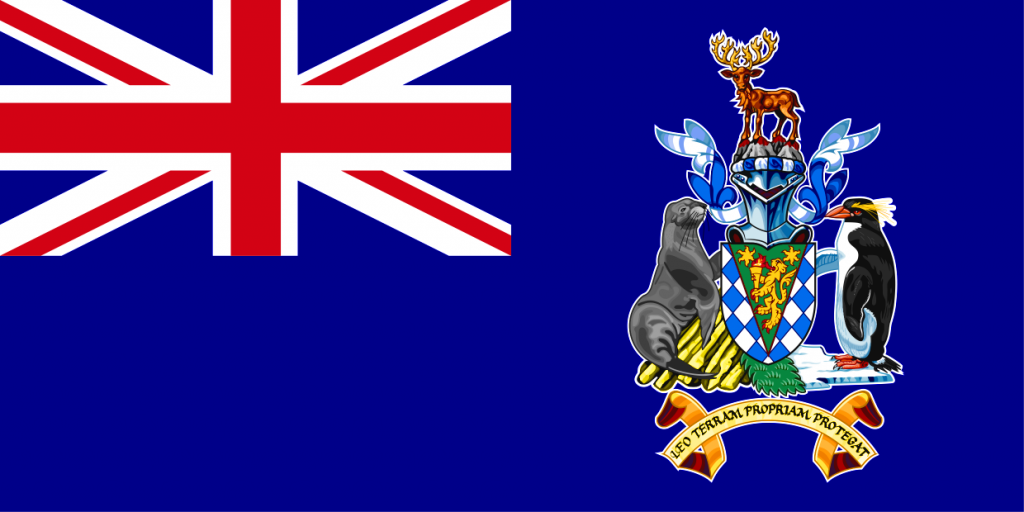
YPT & the Flag of Tristan da Cunha: A Personal Encounter
At YPT, we’ve always had a soft spot for the obscure and the underappreciated locations and flags. Standing on Tristan’s volcanic soil, surrounded by basalt cliffs and endless ocean, seeing this flag in real life was more than just ticking off a vexillology bucket list, it was a moment of genuine connection to one of the most isolated communities on Earth. With only 270 people on the island, it may be the least-used flag in the world: after all, isolated communities rarely wave a flag!
So, whether you’re a flag collector, a remote island junkie, or just chasing the thrill of adventure, this one’s for the books. And yes, we can help you get there!



